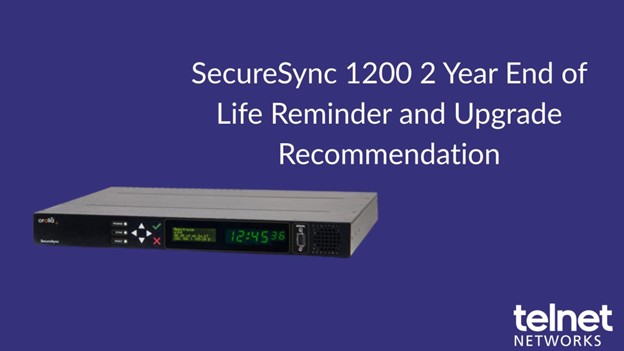When it comes to choosing clocks for your facility, you have a choice between digital or analog displays. Both styles have their merits, so it’s important to consider your needs and priorities. Here’s a look at some key characteristics of digital clocks, that can help you decide what to use.
Easier to Read
Digital clocks are super easy to read at a glance. This makes them a great choice for large spaces like gyms, auditoriums, or open floor plans where you need people to be able to tell time from far away. A 4-inch digital display can be read clearly from over 250 feet. You can also choose between different colours Red, Green, Amber or White.
Low Light Rooms
Digital clocks are better suited for dark rooms or rooms with dim lighting, like auditoriums during presentations. No need to strain your eyes – digital clocks glow bright so everyone can keep track of time even when other lights go down.
When Seconds Count
Digital clocks are precise down to the second. This is handy when seconds really count, like during exams, a time sensitive production process, or critical medical procedure. No more estimating – everyone will know exactly how much time is left.
Advanced Features
Digital clocks can accomplish some additional features that analog clocks cannot. You can use a digital clock as an elapsed timer to help everyone track how much time has passed. This can be invaluable to monitor medical procedure time, keep students moving between classes or help manufacturing gain visibility into task durations to improve efficiency.
Messaging System
Digital clock can also be used to display messages, this can provide an important messaging capability. During normal operation the clock can display accurate time and switch to mass message capability across your facility for critical alerts or general messaging. Message clock systems can bring visual notification to your facility, especially in busy noisy environments like hallways, lobbies, gymnasiums, stairwells, or office spaces.
Budget
Of course, digital clocks usually cost more than analog. Be sure to consider your budget, especially if outfitting an entire building. Analog clocks have a classic esthetic look. So weigh technology needs versus style preferences.
In the end, digital clocks offer unbeatable readability and functionality in most situations. Just account for the potential higher price tag. Now you have what you need to choose the display format that’s right for your facility!







